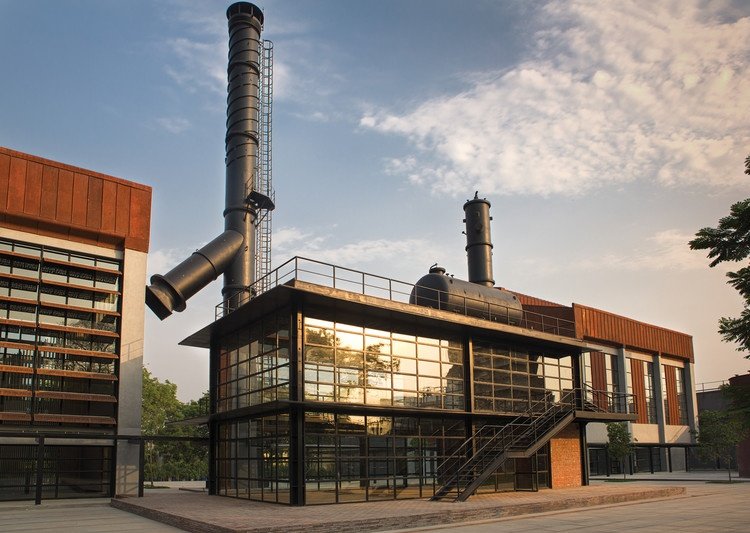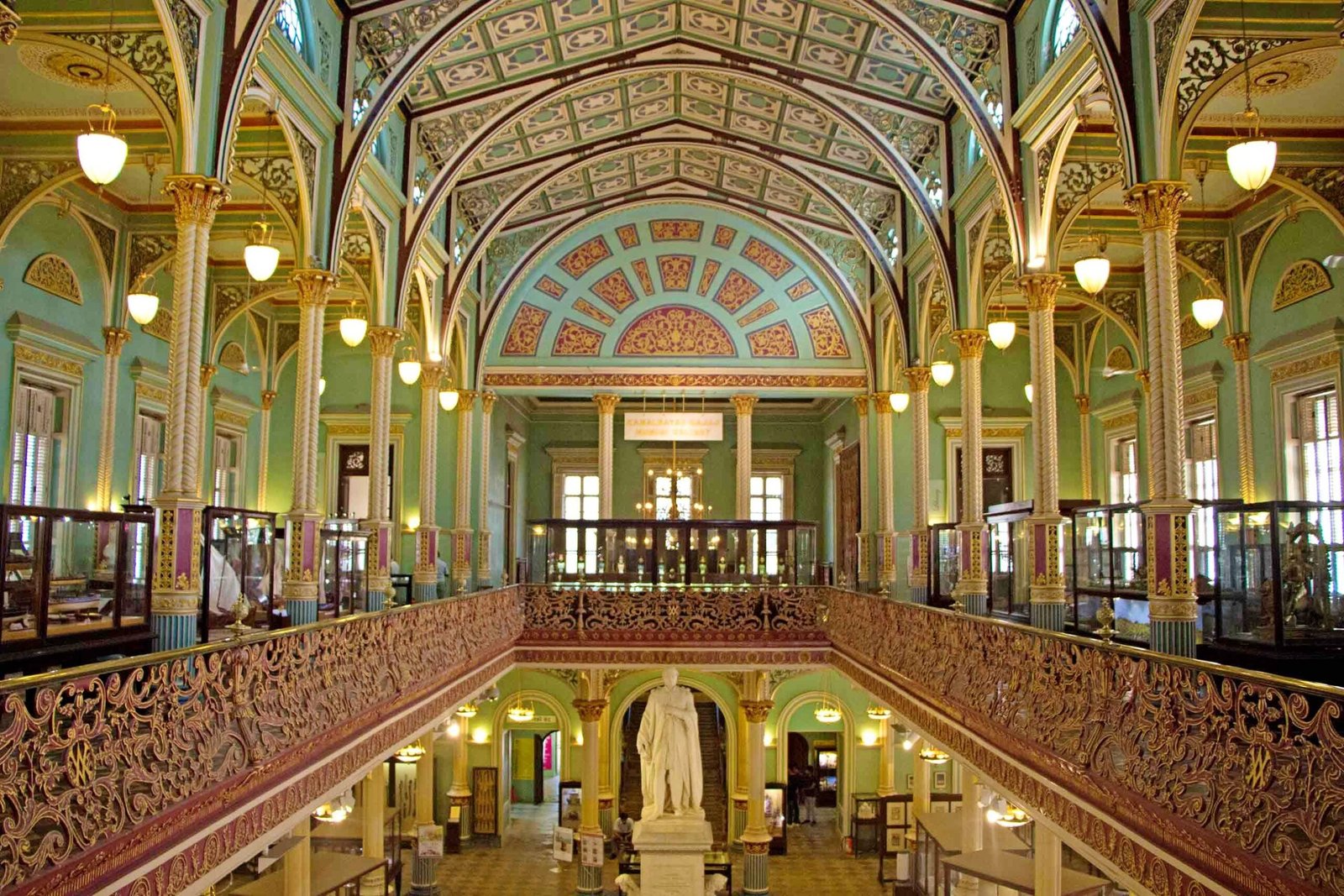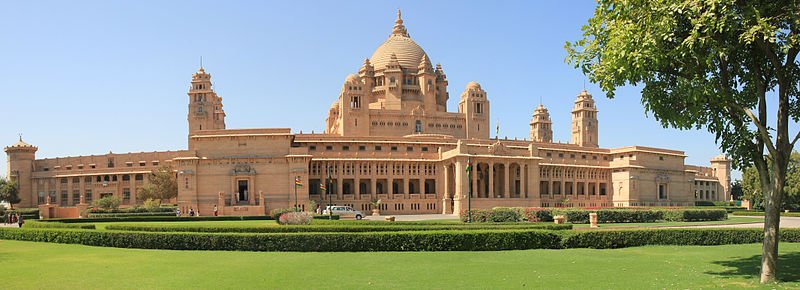The heritage buildings in a city define its origin and past, they transport us back to the era when they were built. They not only act as an aesthetic visual but also define the cities background and purpose. When we imagine the state of Rajasthan, we first think about the rich palaces and forts, we think about the innate carvings and intricate usage of the sandstone. These buildings symbolize the rich heritage and culture of the state; they not only help in growing tourism but also preserve an intangible aspect from the past. Similarly, the Greek temples, hold an innate symbolism and hold a deep sense of intrigue and fascination with the historic era. They define the cities’ past and its origin, thus, preserving and retaining heritage buildings is a social responsibility.
The heritage buildings can be widely classified into various categories. In today’s time, the idea of not having a confined program to these buildings is seen. Many heritage buildings are retained externally and are converted into a different program internally. The buildings along the Fort area of Mumbai seem to follow this ideology where many heritage buildings are retained and converted into offices or commercial complexes. A functional heritage building also ensures its regular maintenance, which in turn favors in up keeping the building’s condition as it is. The adaptive reuse of such structures helps in making these structures relevant in today’s time, they also help in saving space, especially in a cosmopolitan.
Adaptive reuse can be used in modifying a place to suit the current program by retaining the aspects and converting them into relevant programs. The Imagine Studio at Godrej by the Trees is one such example. Designed by Studio Lotus, this building was reused as a marketing office for ‘The Trees’ a flagship project by Godrej Properties Limited. The entire precinct of the Imagine Studio is reused and retained with activities that stand relevant to contemporary needs but also showcase the rich history and culture of the precinct it once was. The power co-generation plants were now used to house workshops, studios, cafes, etc.

Some other Heritage Building such as the Bhau Daji Lad Museum in Byculla, Mumbai was restored by Architect Vikas Dilawari in the year 2012. It has even received the UNESCO Asia Pacific award of excellence. The museum is one of the landmarks for the city of Mumbai. The building required a significant amount of restoration, both internally and externally as they were highly damaged. This building showcases the history and culture of the city.

“After all, we need to think about the legacy that we are going to leave behind. Is it only redevelopment or we going to preserve our architectural heritage?”, says Architect Vikas Dilawari
The Concrete Plant Park in New York City has been an adaptive reuse project. The Transit-Mix Corporation used this site to operate a concrete plant but it wasn’t until 2009 that this abandoned plant was rehabilitated and reused as a public park with retaining the concrete equipment alongside a waterfront promenade.
The Umaid Bhawan has been the last palace built in India in the year 1943. The palace now houses a hotel, museum, and a residence.

Heritage buildings hold a tangible and intangible aspect to them. Although preservations and restorations can be an expensive affair, it is important for future generations as it plays a cultural role and a responsibility.


